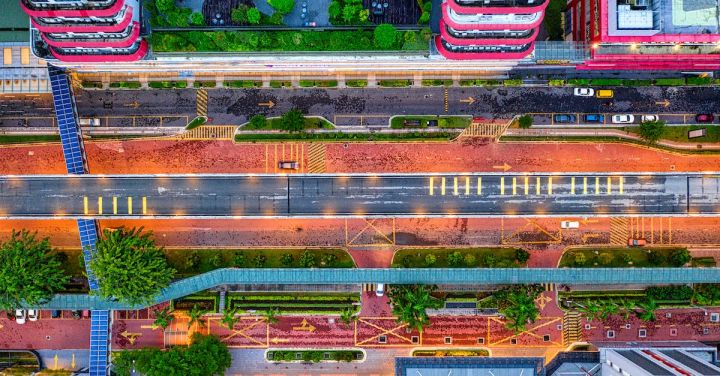The advent of trains in the 19th century revolutionized transportation and had a profound impact on various aspects of society, including visual art. Trains, with their power, speed, and ability to connect distant places, captured the imagination of artists and became a prominent subject in their works. The influence of trains on visual art can be seen in the themes, techniques, and perspectives adopted by artists.
One of the most apparent ways in which trains influenced visual art was in the choice of subject matter. Artists began depicting trains as a symbol of progress, industrialization, and modernity. The sight of a train barreling down the tracks, emitting steam and smoke, became synonymous with the rapid changes occurring in society. These depictions often showcased the sheer power and force of the locomotive, emphasizing its role in advancing civilization.
Additionally, trains became a symbol of movement and travel, opening up new possibilities for artists. With the expansion of rail networks, artists were exposed to new landscapes and cityscapes that were previously inaccessible. This led to a shift in artistic perspectives as artists began to explore the urban environment, capturing the bustling energy of train stations, the architectural grandeur of train depots, and the dynamic movement of trains themselves.
The influence of trains on visual art can also be seen in the techniques employed by artists. The speed and dynamism of trains inspired artists to experiment with new techniques such as Impressionism. Artists like Claude Monet and Edgar Degas sought to capture the fleeting nature of trains, using loose brushwork and vibrant colors to convey the sense of movement and energy. The result was a more vibrant and dynamic representation of the modern world.
Furthermore, trains provided artists with a new subject to explore the interplay between light and shadow. The contrast between the illuminated interiors of train cars and the dark tunnels they passed through became a source of inspiration for artists. The play of light and shadow on the surfaces of trains and the landscapes they traversed created dramatic and evocative compositions.
Trains also influenced the development of abstract art. The mechanical nature of trains, with their intricate parts and geometric forms, appealed to artists seeking to break away from representational art. The streamlined design of trains and the repetition of shapes and patterns found in rail infrastructure became a source of inspiration for artists such as Kazimir Malevich and Piet Mondrian. These artists explored the concept of pure abstraction, reducing their works to basic geometric elements that evoked the modern industrial world.
In conclusion, the influence of trains on visual art is evident in the themes, techniques, and perspectives adopted by artists. Trains symbolized progress and modernity, capturing the imagination of artists and inspiring them to depict the power and movement of locomotives. The expansion of rail networks also exposed artists to new landscapes and cityscapes, leading to a shift in artistic perspectives. The speed and dynamism of trains influenced the development of new techniques, such as Impressionism, and the interplay between light and shadow became a source of inspiration for artists. Furthermore, the mechanical nature of trains influenced the development of abstract art, with artists exploring the geometric forms and patterns found in rail infrastructure. The influence of trains on visual art is a testament to the profound impact of this mode of transportation on society and culture.
